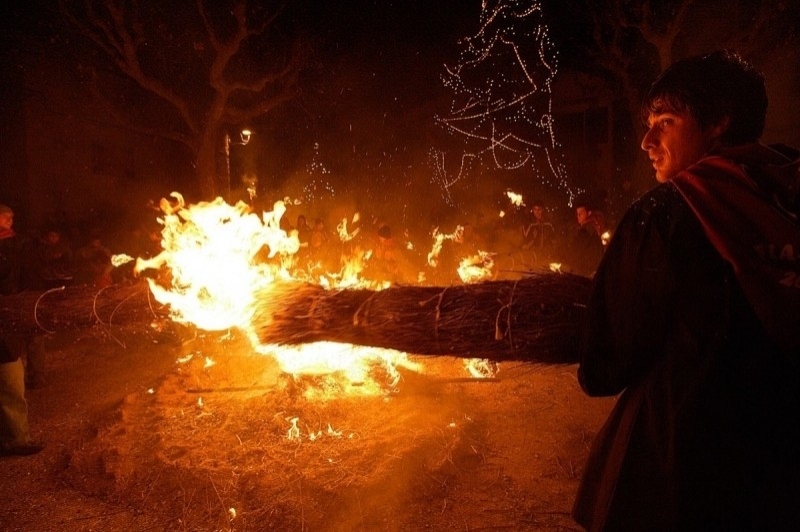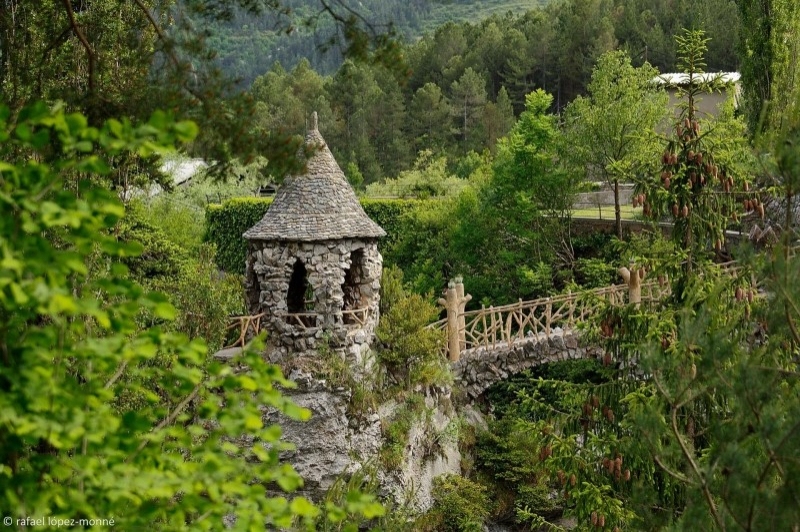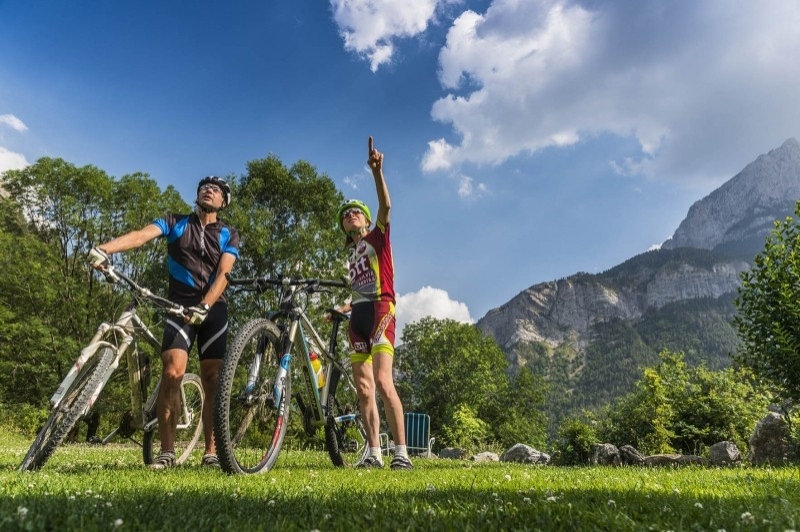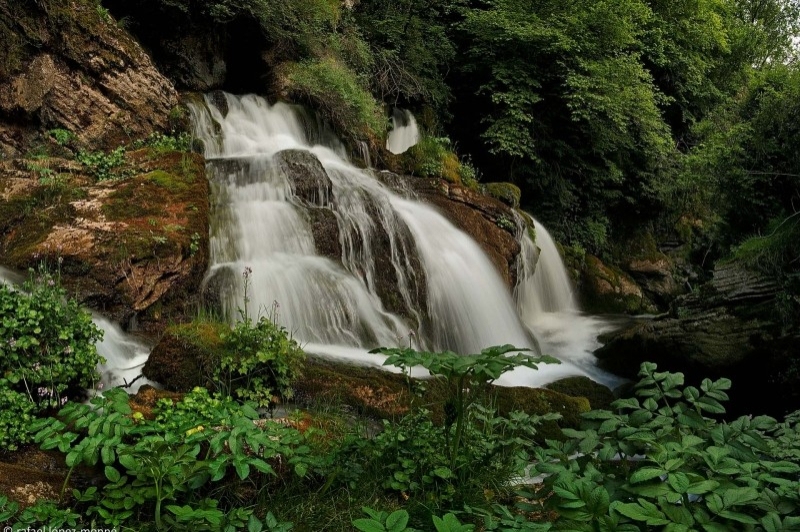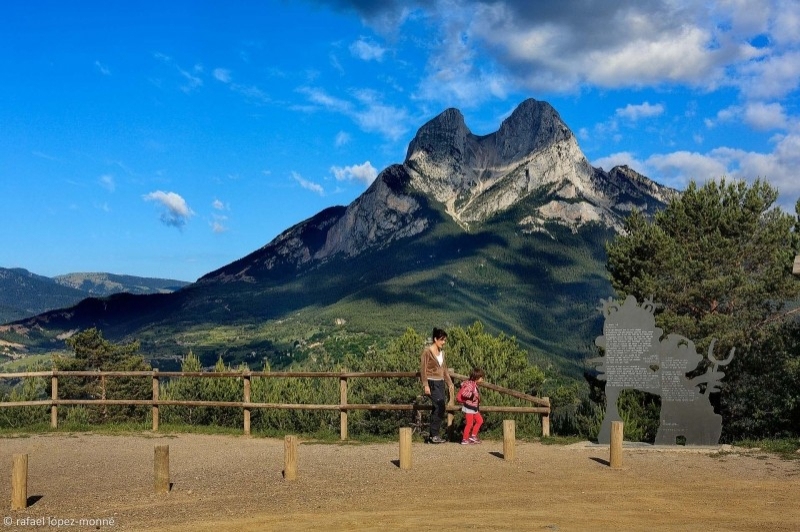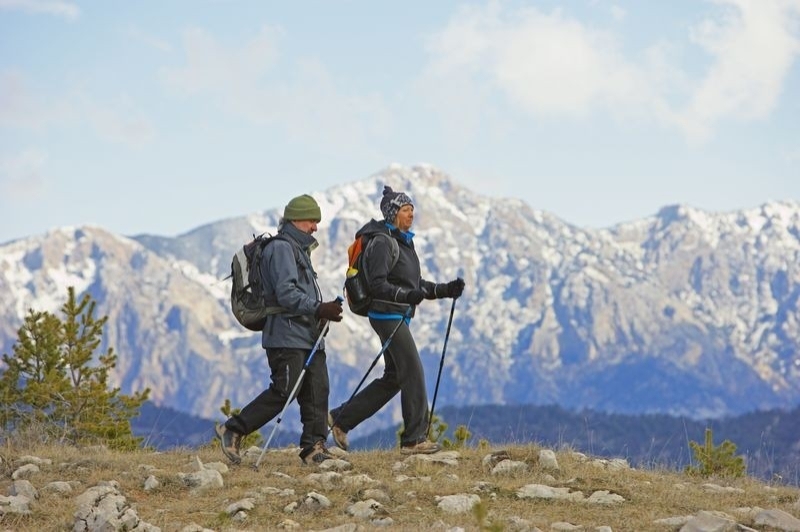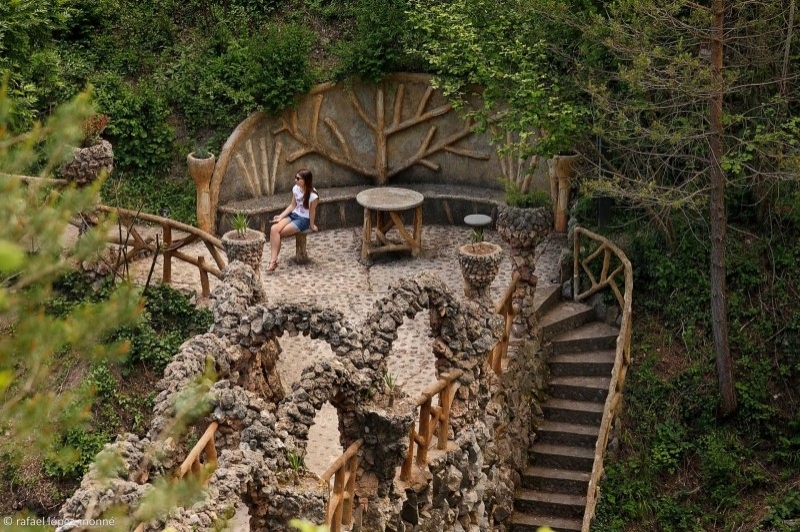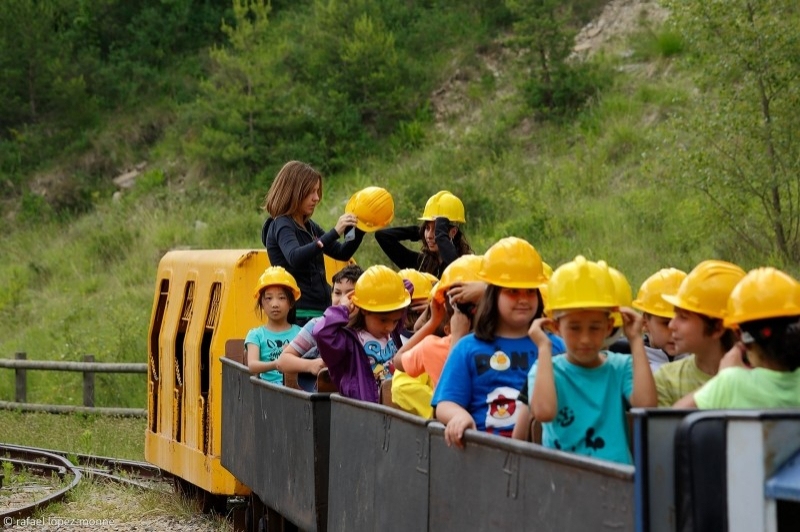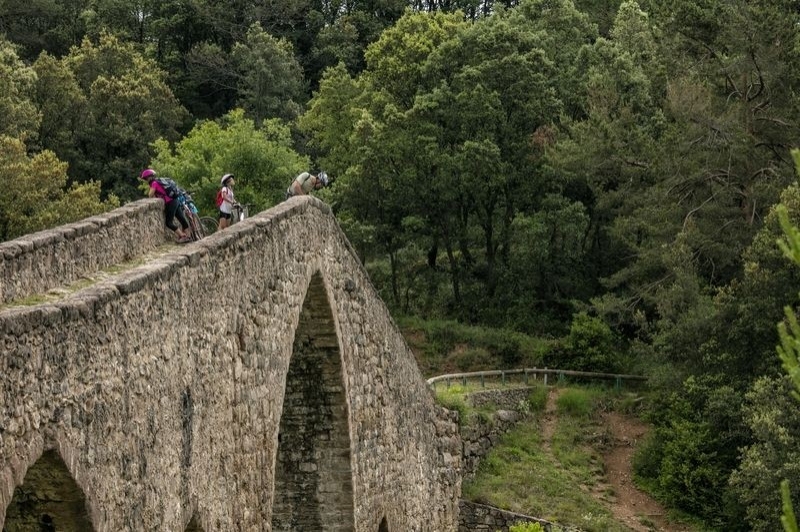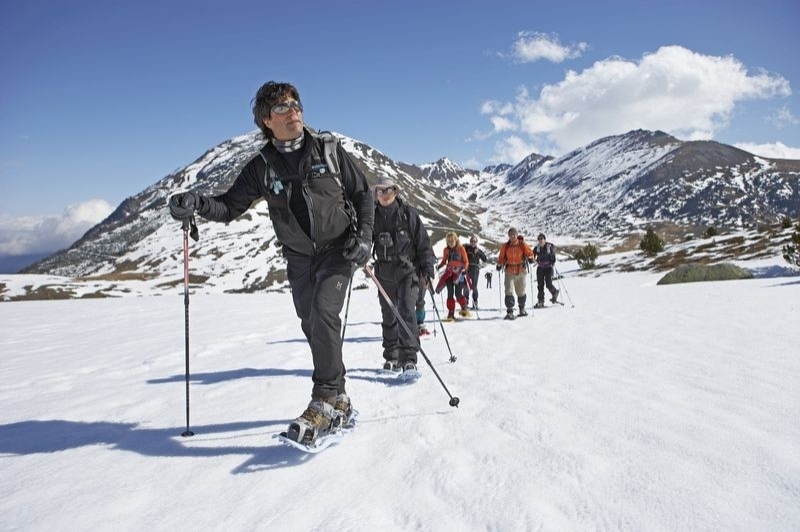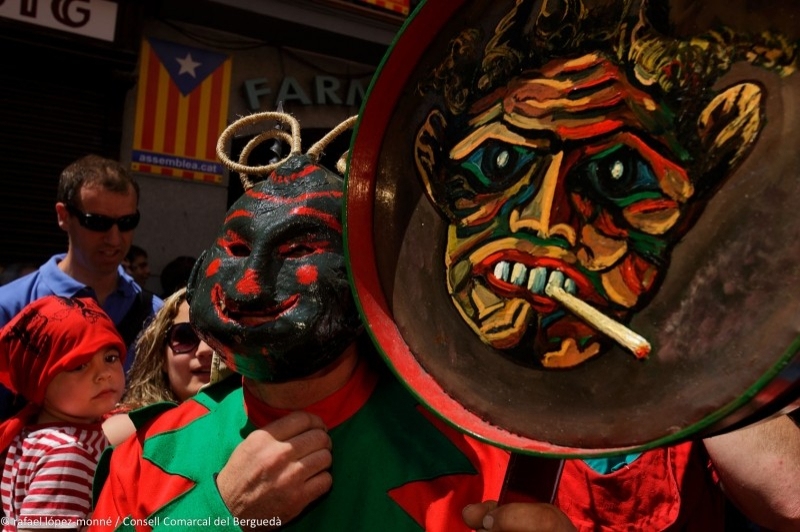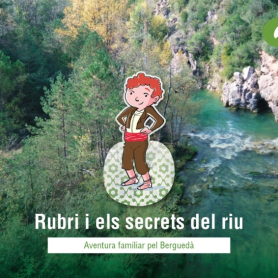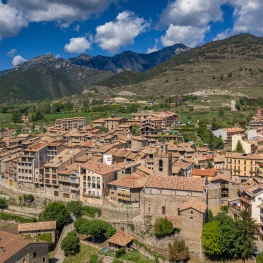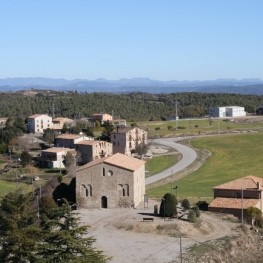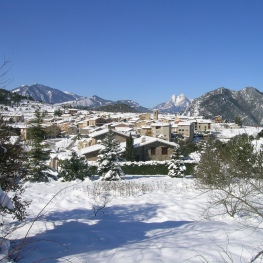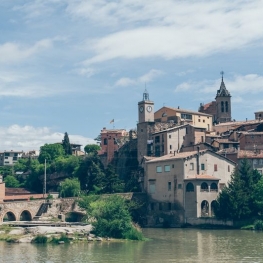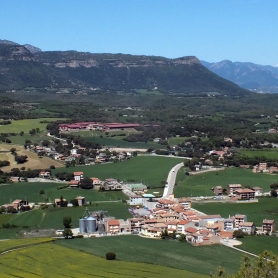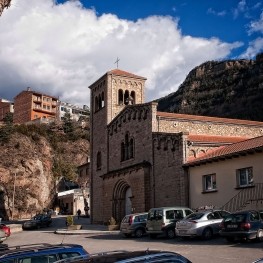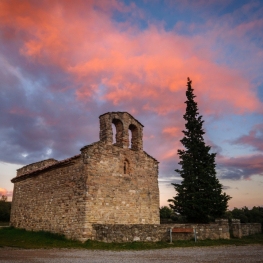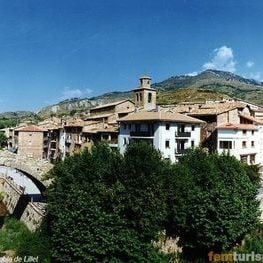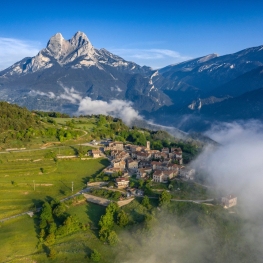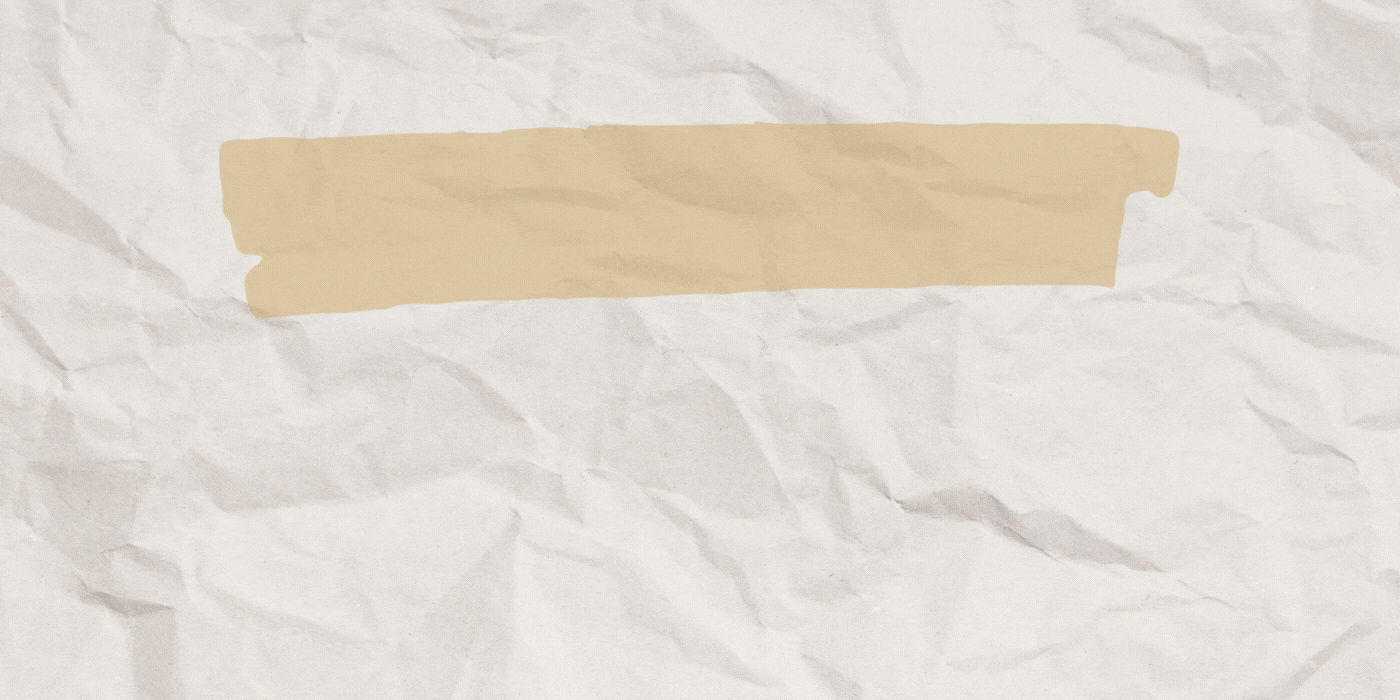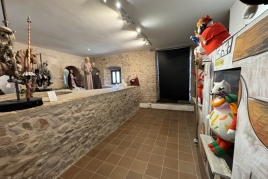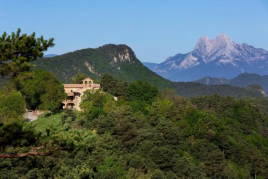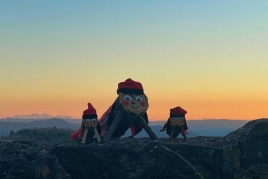Berguedà
The Gate of the Pyrenees
From the farming areas of Baix Berguedà, in the Cadí-Moixeró Natural Park and in the upper Berguedà, we find ourselves in a land of contrasts with the Llobregat River that crosses the region from north to south, from its source in Castellar de n'Hug.
Kayaking through the Baells, exploring a thousand and one trails, paragliding, discovering Romanesque gems, experiencing ancient festivals, or enjoying a romantic evening in a rural house overlooking Pedraforca are just some of the possibilities in Berguedà.
The Sierras of Queralt, Picancel, El Catllaràs, Rasos de Peguera, and Ensija are the mountain ranges leading to the great Cadí-Moixeró, a Natural Park protected for its rich flora and fauna. It is home to endangered species such as the bearded vulture and the magical snow flower, as well as many other highland species. In its commitment to becoming increasingly sustainable, the Park holds the European Charter for Sustainable Tourism.
The region offers a multitude of mountain activities: cycling, mountain biking, climbing, paragliding, canyoning, canoeing, open water swimming, snowshoeing, caving, orienteering, hot air ballooning, and many more.
Culture, a journey through time
The Cercs Mining Museum, the Castellar de N'Hug Cement Museum, and the Llobregat textile colonies transport you back in time to learn about this region's industrial past. Taking the Cement Train, you can take a short trip through history and discover Gaudí's hidden treasure in La Pobla de Lillet: the Artigas Gardens.
The same industrial past with the open-pit mines of Fígols revealed an impressive set of dinosaur footprints dating back 65 million years, which can be understood by visiting the Fumanya Dinosaur Center.
For Romanesque lovers, nine of the pre-Romanesque and Romanesque churches in Berguedà are open to the public year-round, such as the Church of San Vicente del Rus and Sant Quirze de Pedret, allowing visitors to enjoy and learn about some of the most significant works of this movement in Catalonia.
Picasso visited the region in the summer of 1906, specifically the village of Gósol, where you can see replicas of his works at the Picasso Center during his stay. You can also take the "Picasso Route," a 2-km walk through the village of Gósol, following the same streets where Picasso strolled and drew inspiration, and listening to a sound theater that will transport you to experience some of the genius's anecdotes with the townspeople.
For animal lovers, there's the Fuïves Zoo, home to more than 150 purebred donkeys. And there's also the Camadoca Wildlife Center, where tours along rivers and land reveal the treasures of the native fauna.
In Berga, you can walk the streets of the old town and learn about the city's past at the Berga Regional Museum or visit the Patum Exhibition located in the Convent of Sant Francesc.
Festivals and traditions
The Patum is the region's quintessential festival and an Intangible Heritage of Humanity, held during Corpus Christi. Those unable to come to Berga during this time can experience the festival by visiting the Patum Exhibition, where they can learn about its history and see the figures of the groups.
But there are also other festivals of notable interest: the Fía Faia of Bagà and Sant Julià of Cerdanyola, also declared Intangible Heritage of Humanity by UNESCO, Christmas Eve, the Fiesta del segar i el batre of Avià, which is celebrated at the beginning of July, and many more to discover.
Gastronomy
Berguedà's gastronomy offers typical mountain cuisine complemented by prized mushrooms, whenever nature allows.
During the mushroom season, various restaurants in the region offer mushroom menus, offering a variety of dishes featuring this star ingredient.
When the mushrooms are gone, the game and truffle cuisine begins, and restaurants also offer dishes that highlight these culinary elements characteristic of Berguedà.
Some of the area's typical dishes not to be missed are masked potatoes, black peas, quince aioli, and squared corn scuttle.


